Location is everything — and the rise of the internet hasn’t changed that. Here are some effective techniques to land your medical practice or hospital on the main digital thoroughfare.
Although patients increasingly search for health-related information online, the real-world location of a medical practice or hospital is still vitally important to its online visibility. The local medical web is a complex mélange of healthcare facility websites, customer review sites, local listings, social media posts, and marketing initiatives, and providers should tap into as many of these networks as possible in order to effectively reach a local audience.
Search Engine Land has predicted that, in 2016, location-based marketing — as opposed to more generalized digital strategies — will have even more of an impact on local traffic than in years past. Thus, healthcare marketers will have an increased opportunity to leverage their physical proximity to patients as a competitive advantage. On the other hand, leaving online spaces unoptimized for location could have a more detrimental effect on medical organizations than ever before. Let’s take a look at the factors at play.
Local Is Primarily Locational
To understand how patients use the local web, it’s helpful to consider a common path to care for the average, digitally-savvy patient: as soon as they get sick, they typically pull out their smartphone to search for information and/or treatment options — 43% of all Google searches for local services happen like this — and then proceed to either call a medical office or visit in-person. In fact, because consumers are looking to fill an immediate need, local search generates the highest ROI of any marketing tactic.
But during that time, the patient might have reviewed any number of local digital channels, all of which are heavily interrelated. For instance, Google search results are based on a combination of keyword relevance, location data, online reviews, website quality, and more. As nearly 80% of local-mobile searches result in purchases, it’s critical that healthcare marketers make an impression in the few short moments during which patients are actively seeking care.
Marketers Should Capitalize on Emergent Trends
At the same time, patients’ options for finding local care are broadening. Search Engine Land notes that local marketing is in a moment of flux, and has identified multiple trends that are poised to have significant impact on location-based marketing techniques. Healthcare marketers should tap into multiple strategies in order to increase their relevancy to patients.
Optimize for Local Search: 71% of Google searches end with a click on the first search engine results page (SERP), which means that that’s exactly where physicians and hospitals most need to be visible. Using pay-per-click ads (PPC), marketers can ensure that their content is in the first or second results position for targeted searches.
Manage Your Location Data: it is imperative that businesses ensure that publicly available information — which could include addresses, names, and phone numbers — is published accurately in local directories (like Yelp). Google recently released their My Business API to help track such data across Google domains. The payoff can be significant; SIM Partners found that, by increasing the accuracy and reach of their listing data by 20%, some companies have seen as high as a 450% jump in site traffic.
Try Out an App: 77% of consumers’ digital media time is spent on apps — and this time can be harnessed to a practice’s benefit. On a platform like Snapchat, for example, physicians and medical staff can use pictures, videos, and chat features to humanize their services and launch geo-targeted campaigns (see Dunkin Donuts’ location-based promotion for National Coffee Day for inspiration). Other apps, such as First Opinion, are helping doctors to provide meaningful advice to patients while simultaneously growing their online followings.
Broaden Your Horizons: speaking of apps, Facebook is the most-visited app in existence, and it’s actually beginning to encroach upon Google’s local search dominance. Using paid Facebook ads, medical marketers can easily increase their local reach to highly targeted audiences.
For medical practices and hospitals, the importance of local search shows no signs of waning. By investing time and resources into locational tactics now, medical marketers can prime themselves for long-term digital success.
(Image Credit: Pexels)
















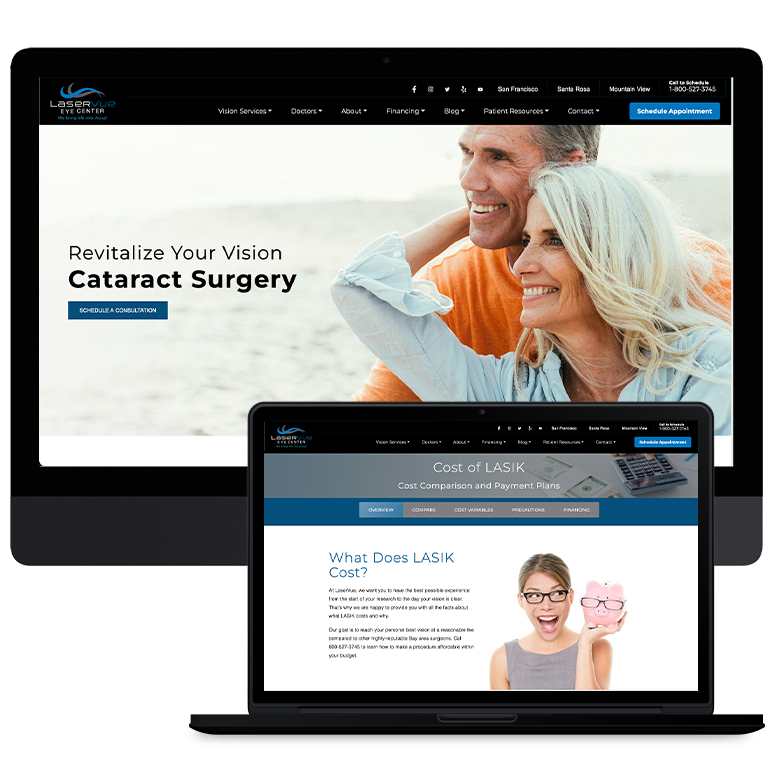
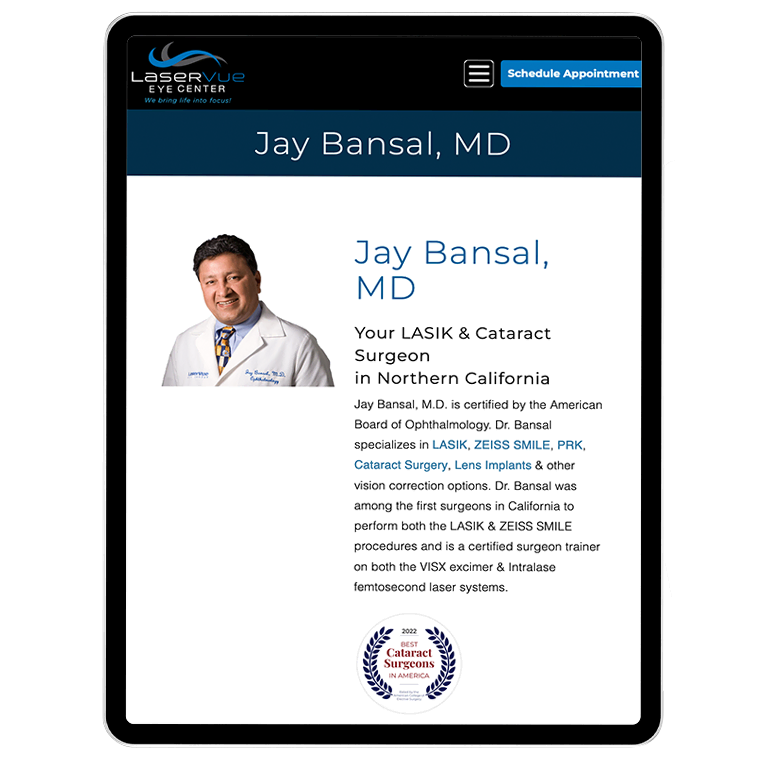


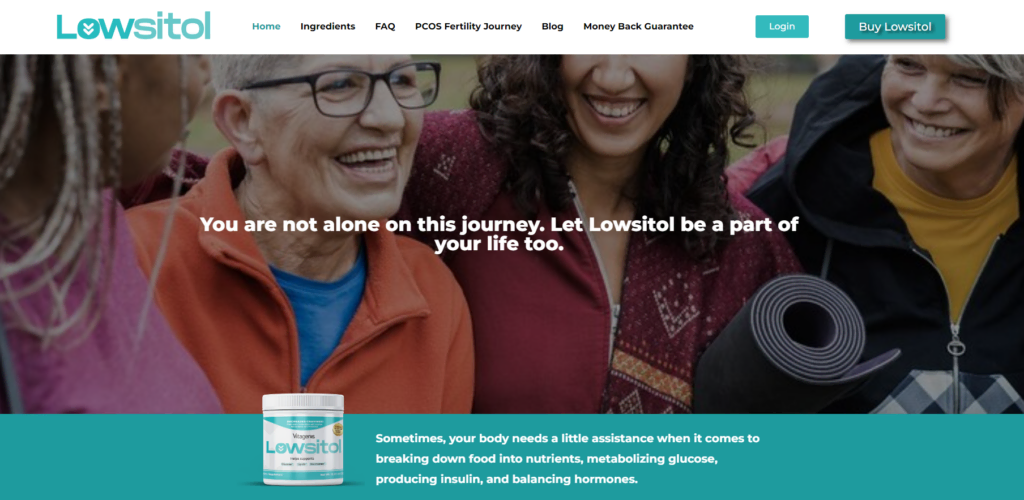


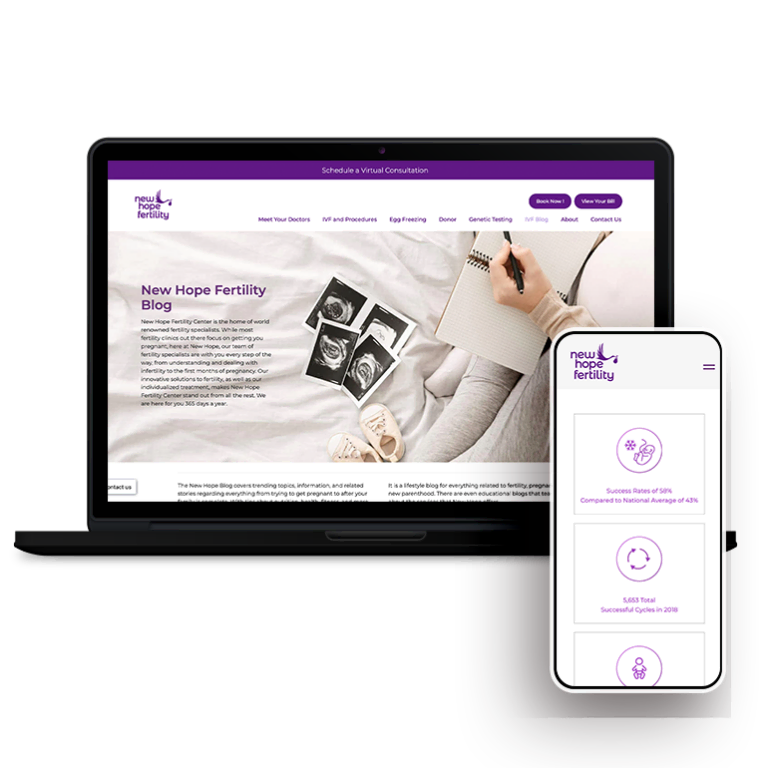
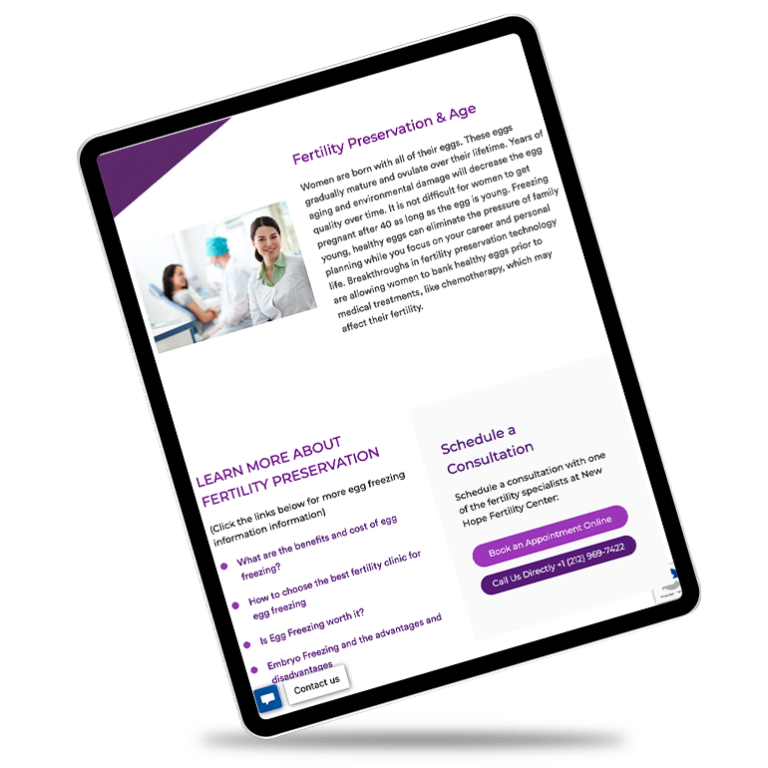

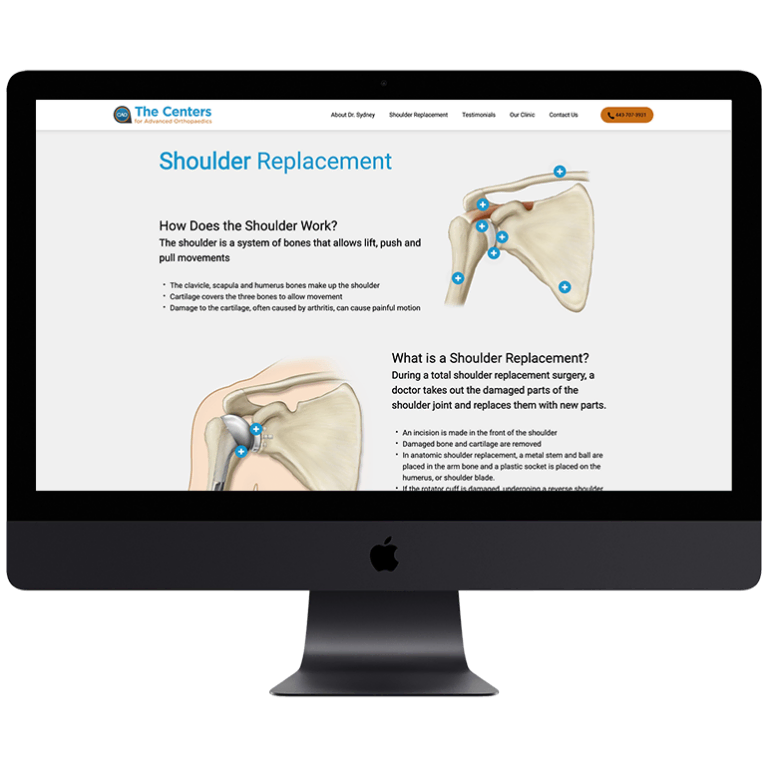

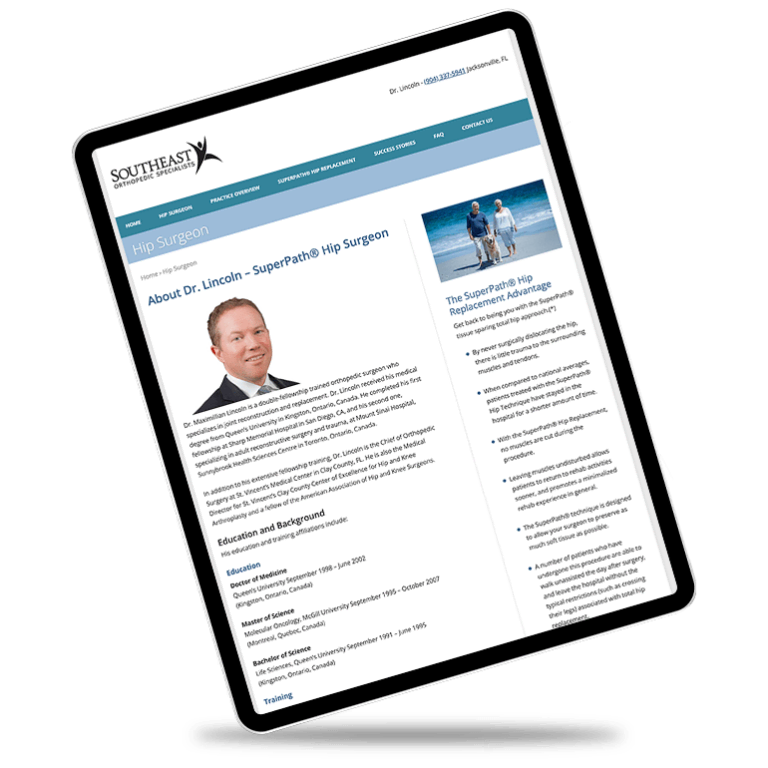

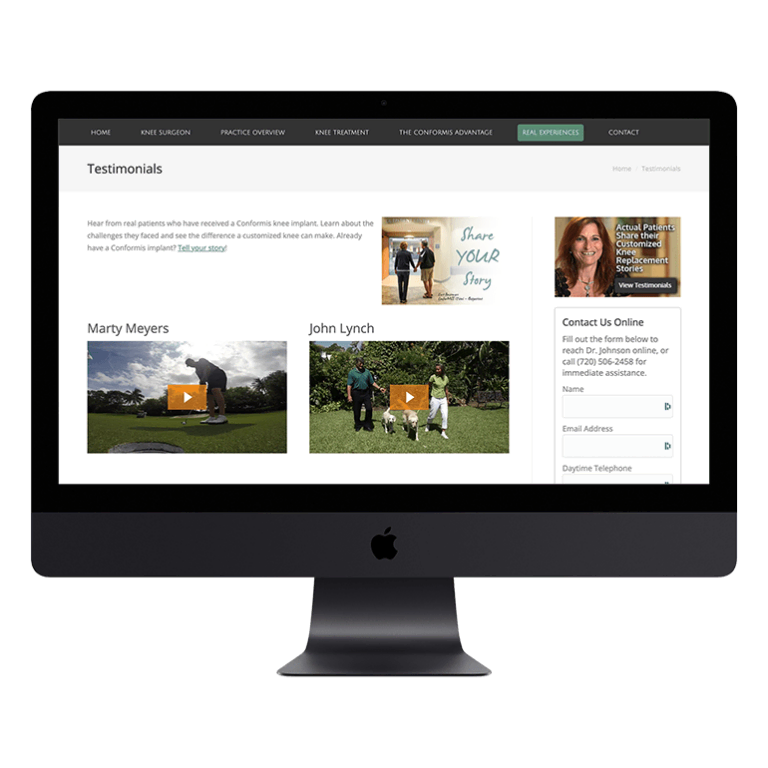
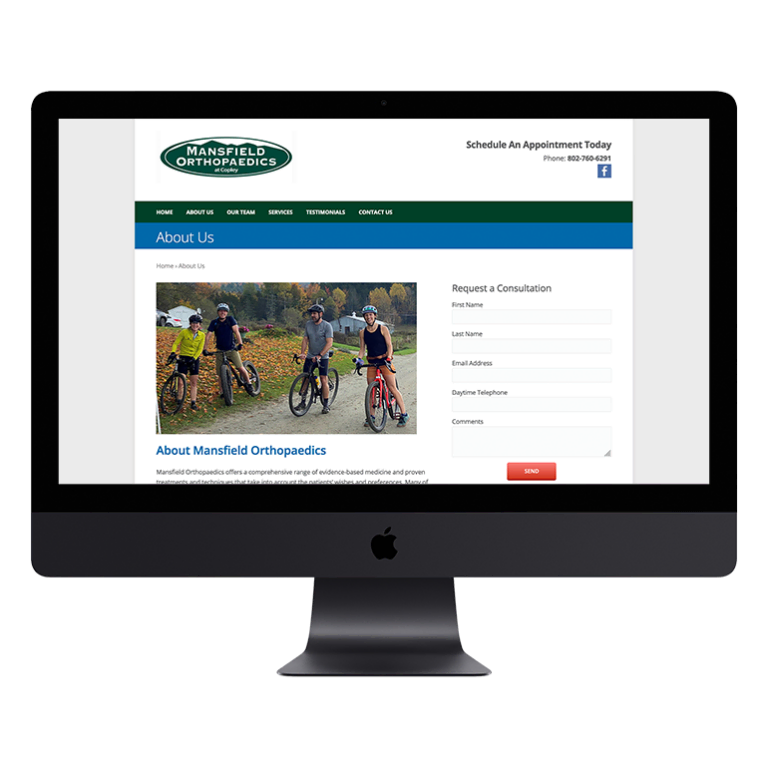
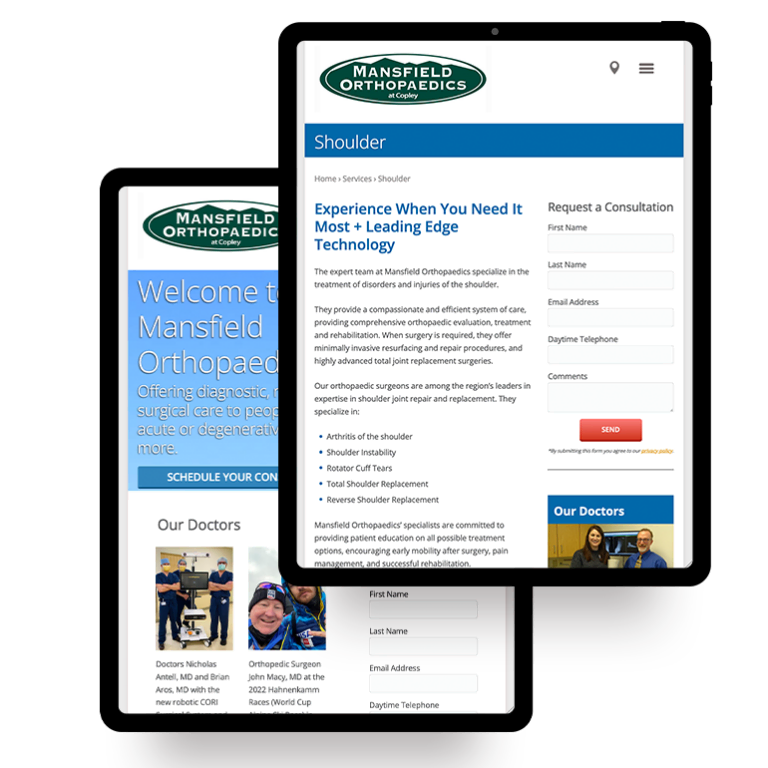

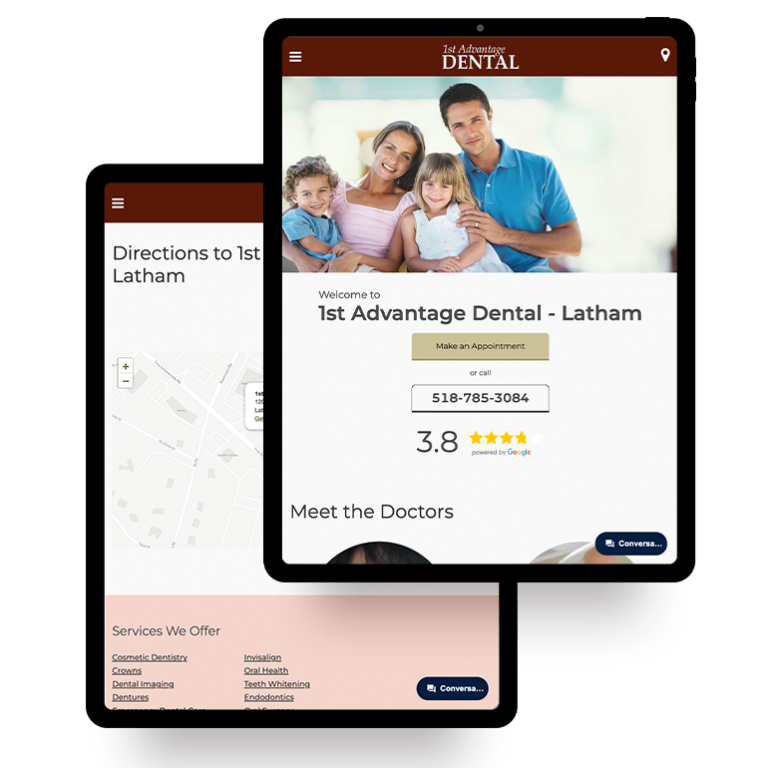

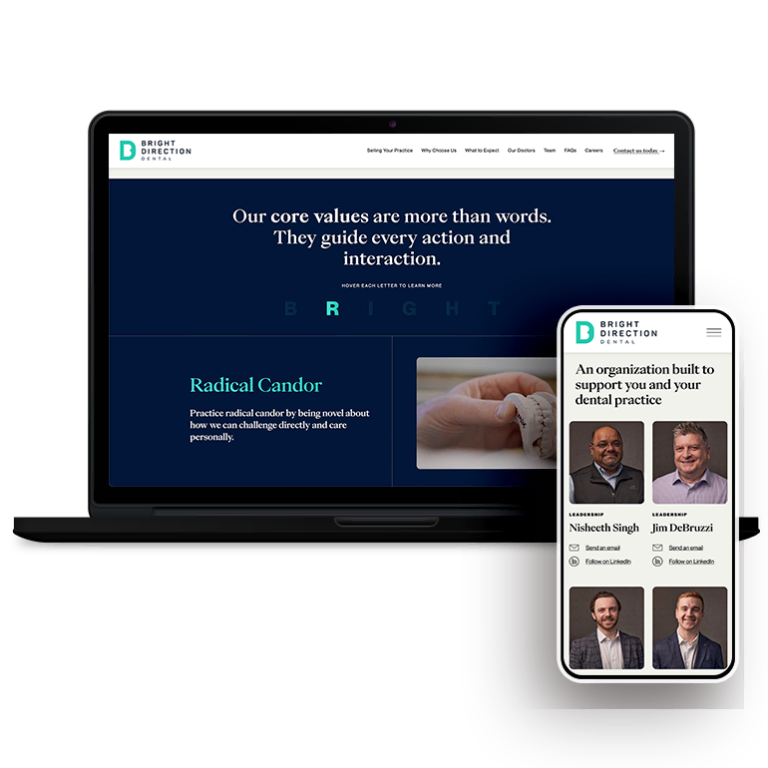
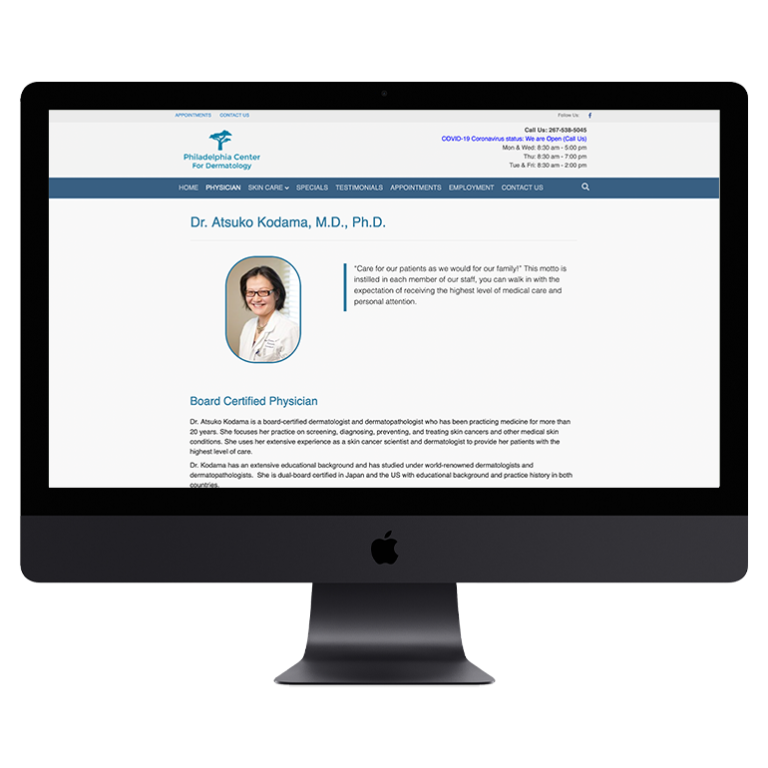
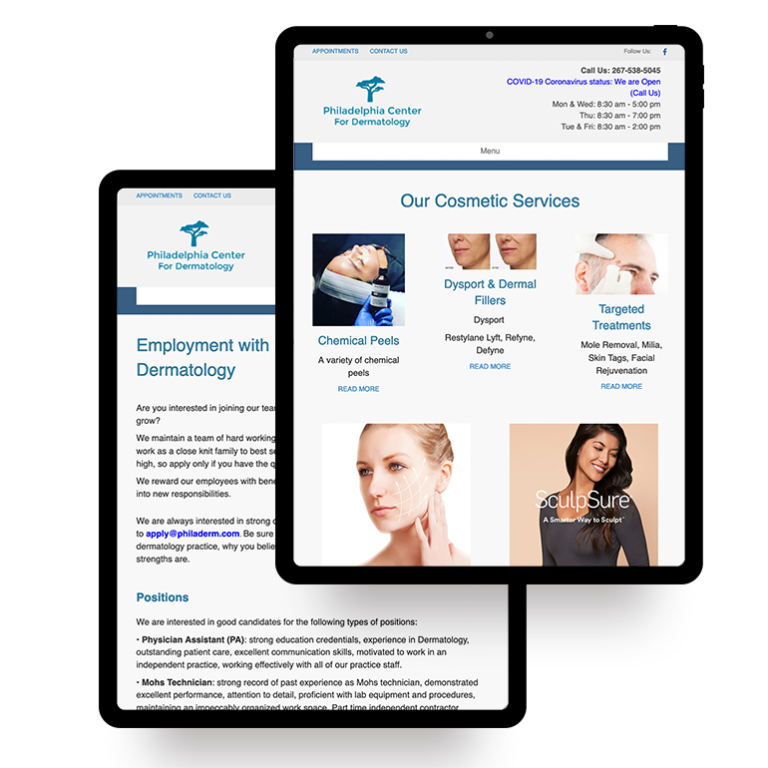
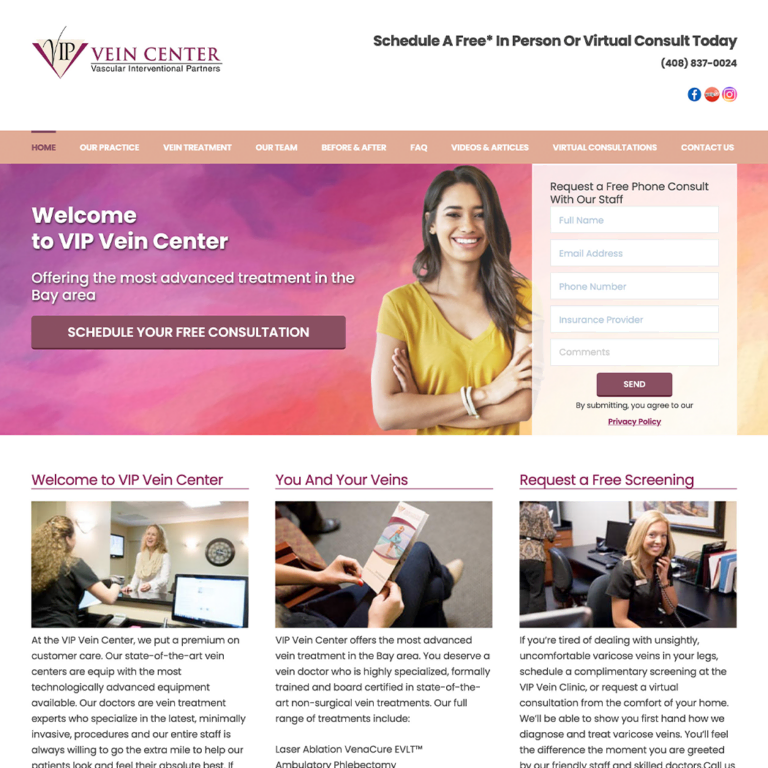


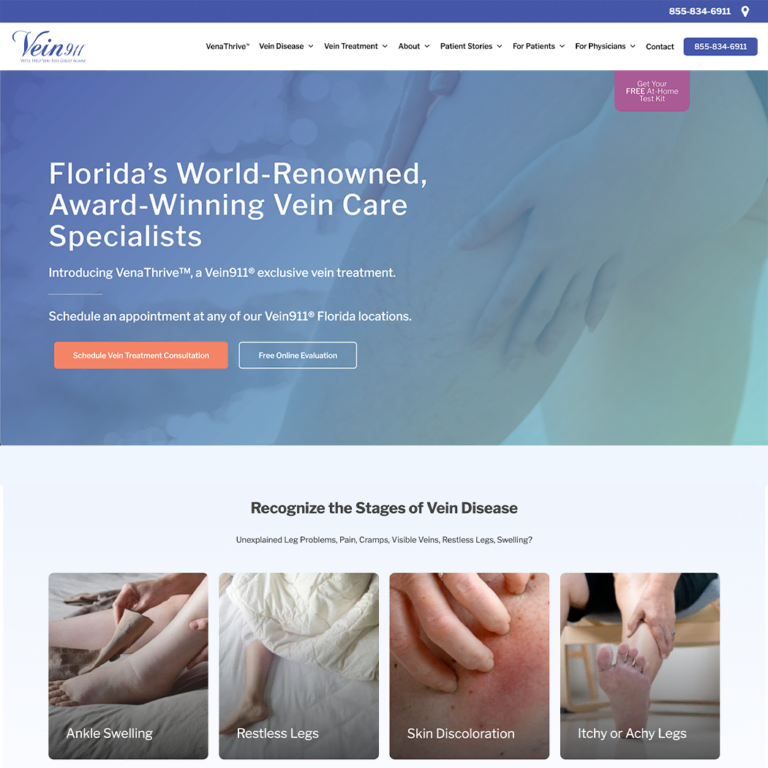
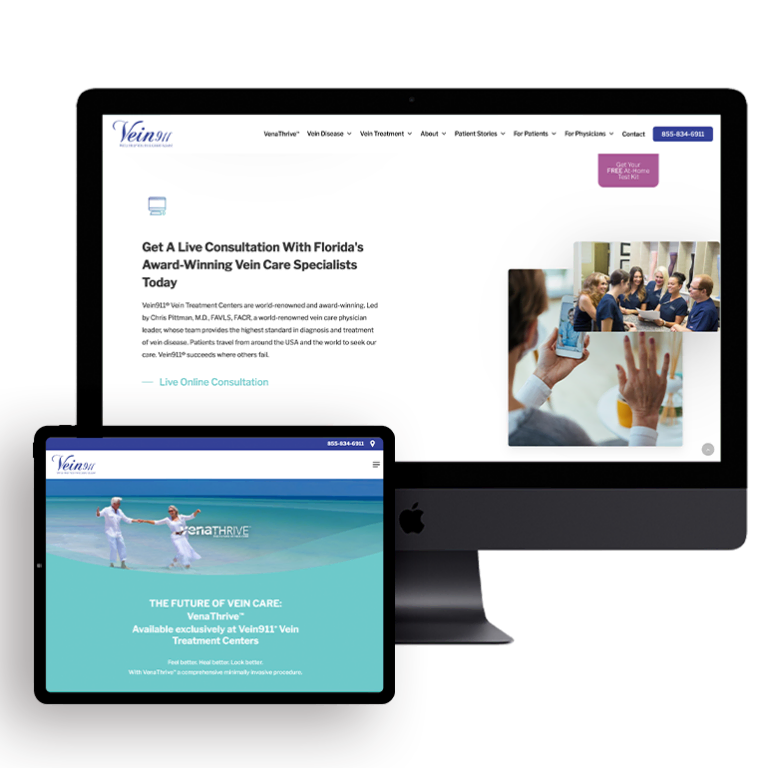
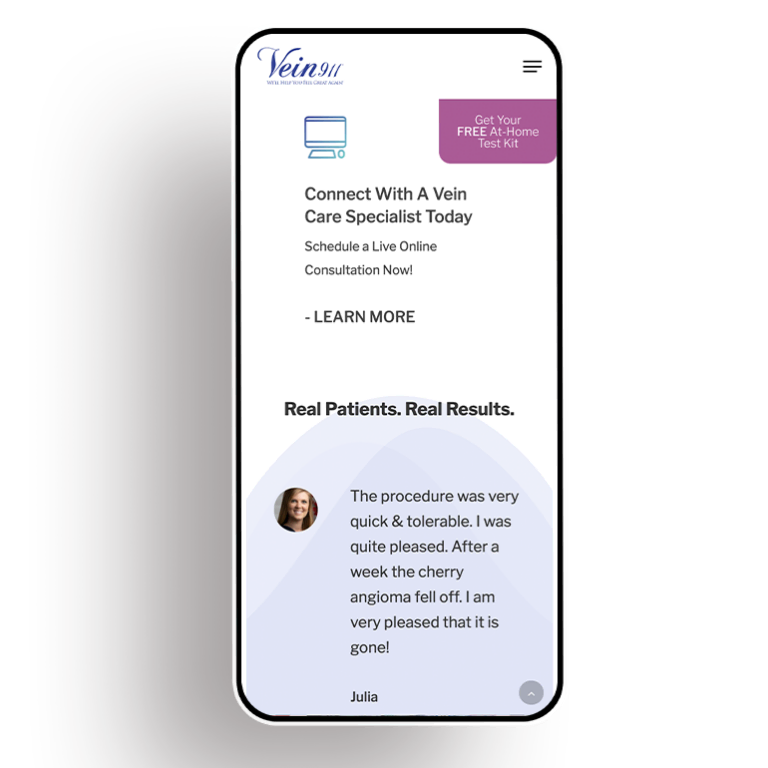
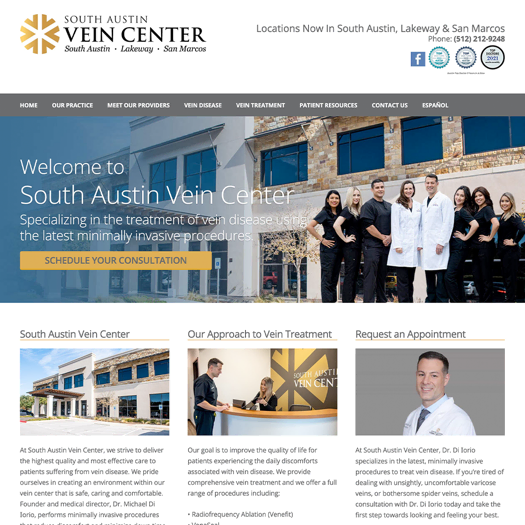
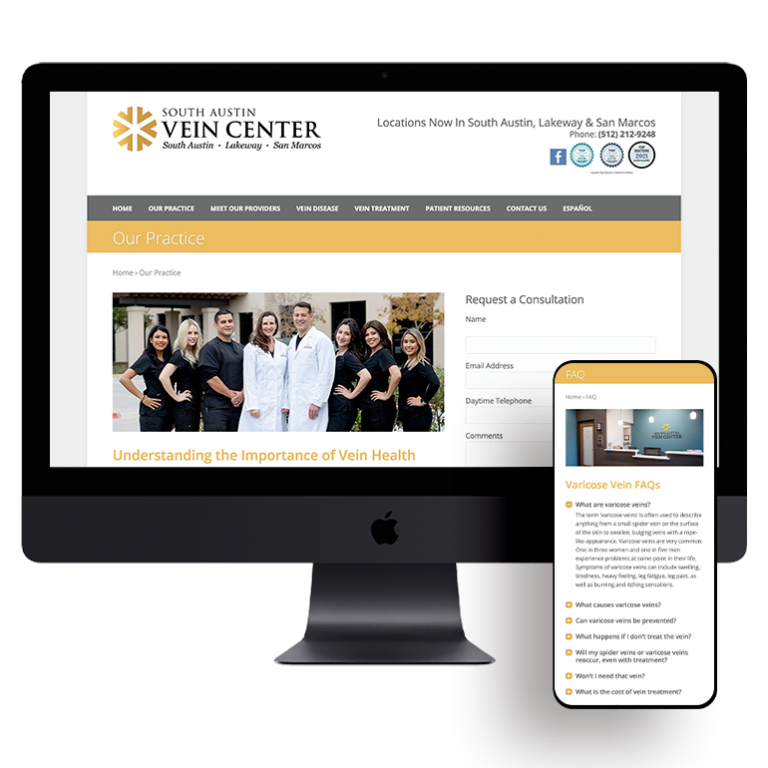
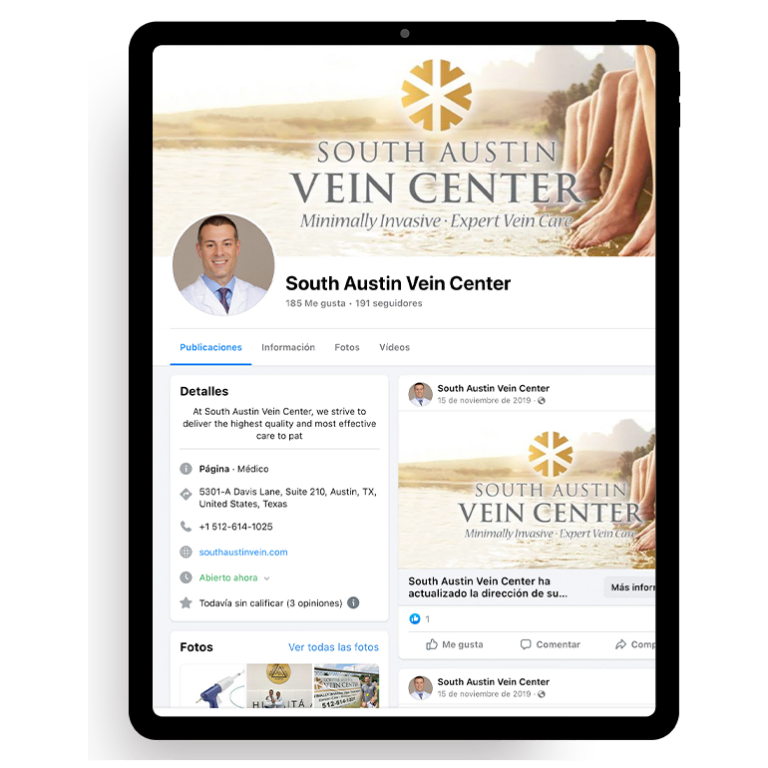



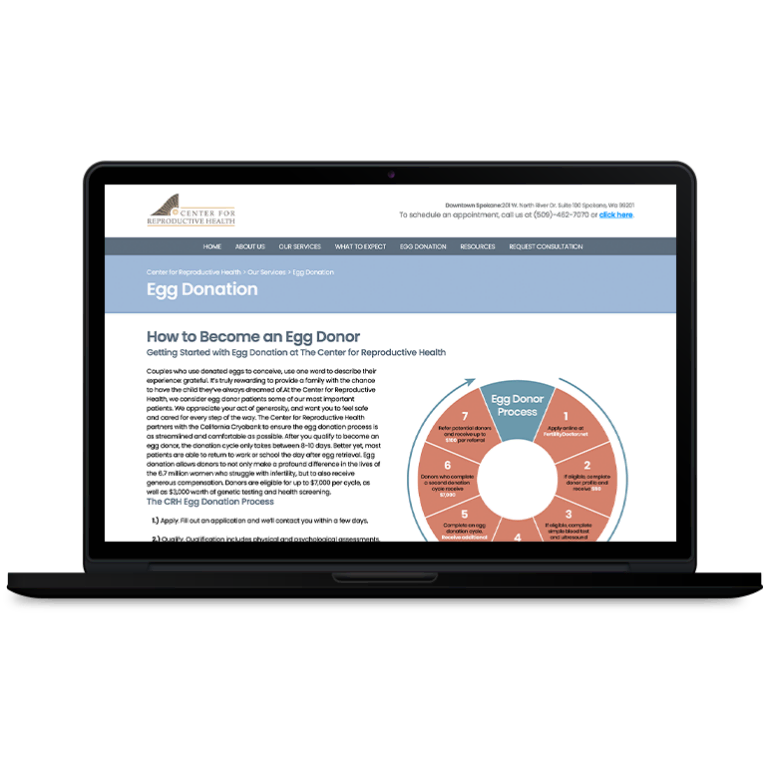
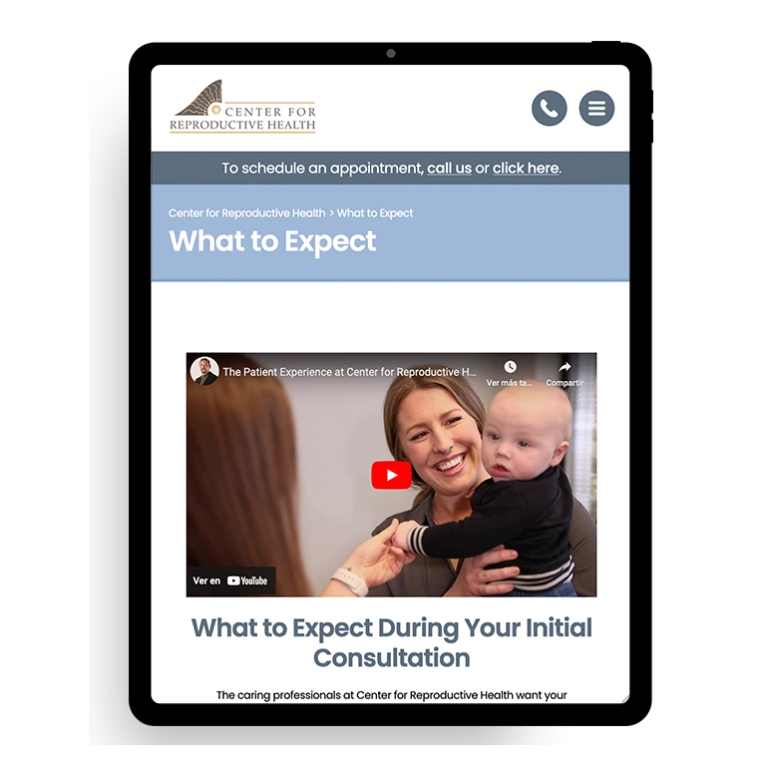
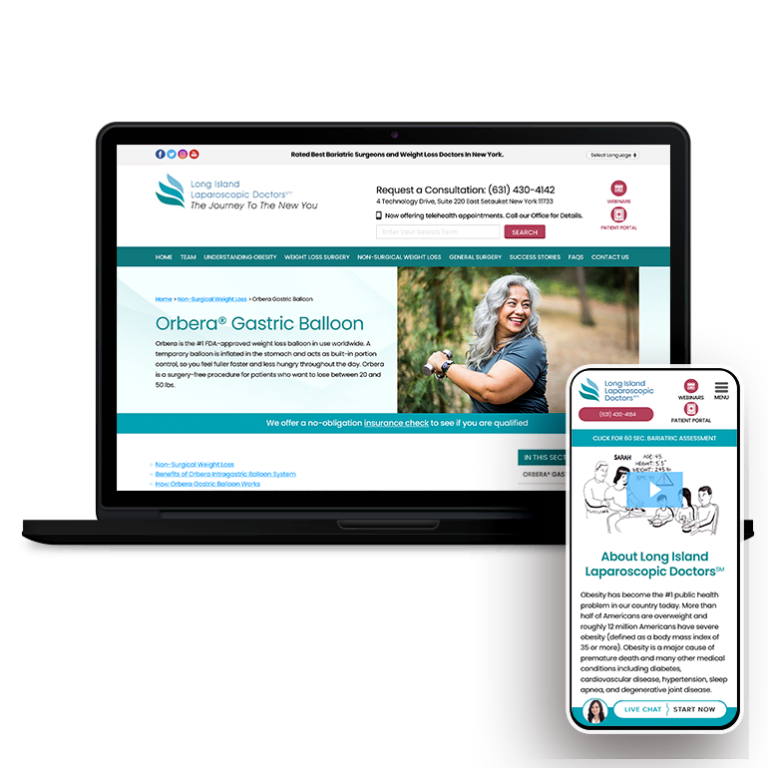
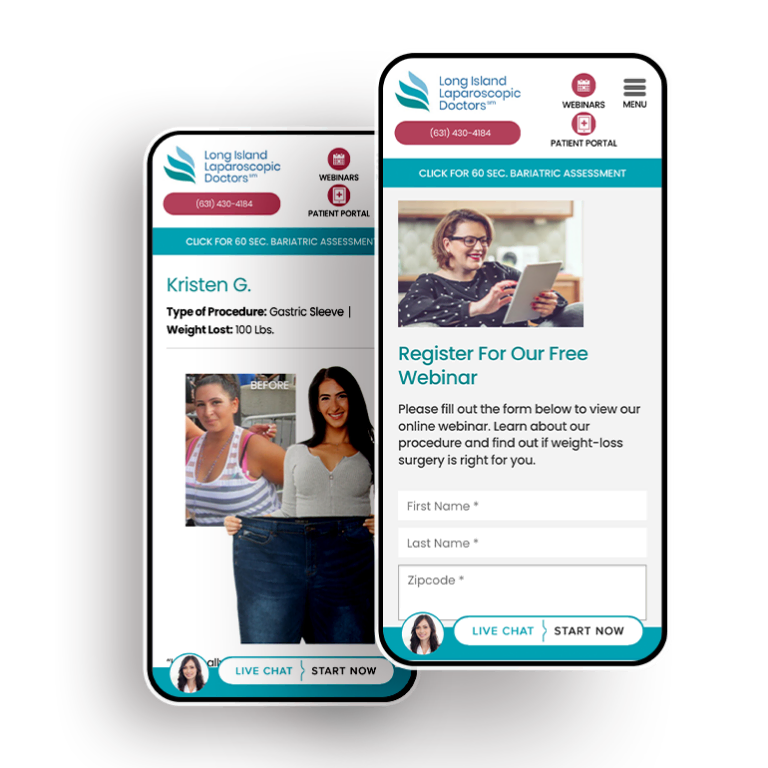
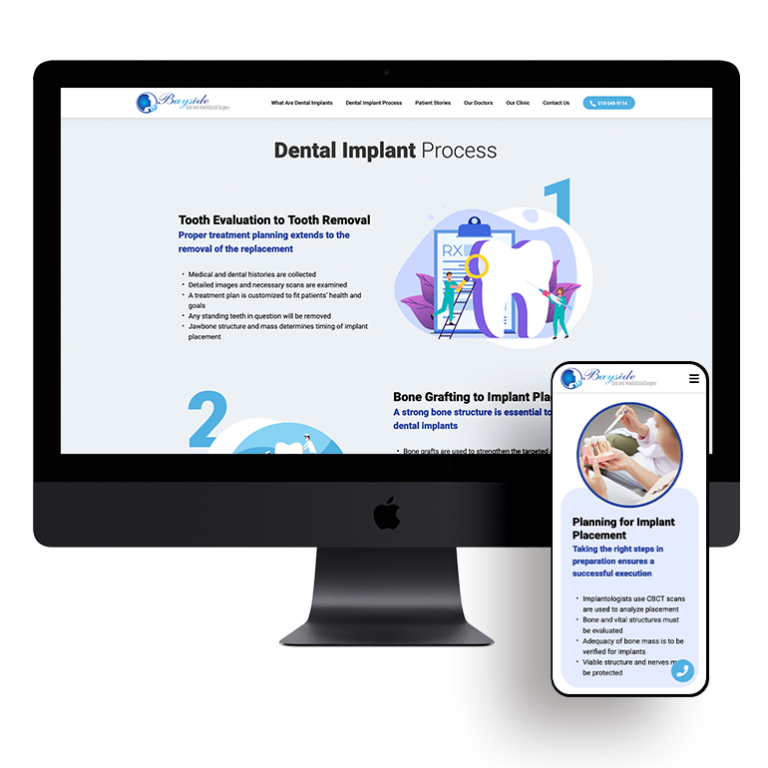




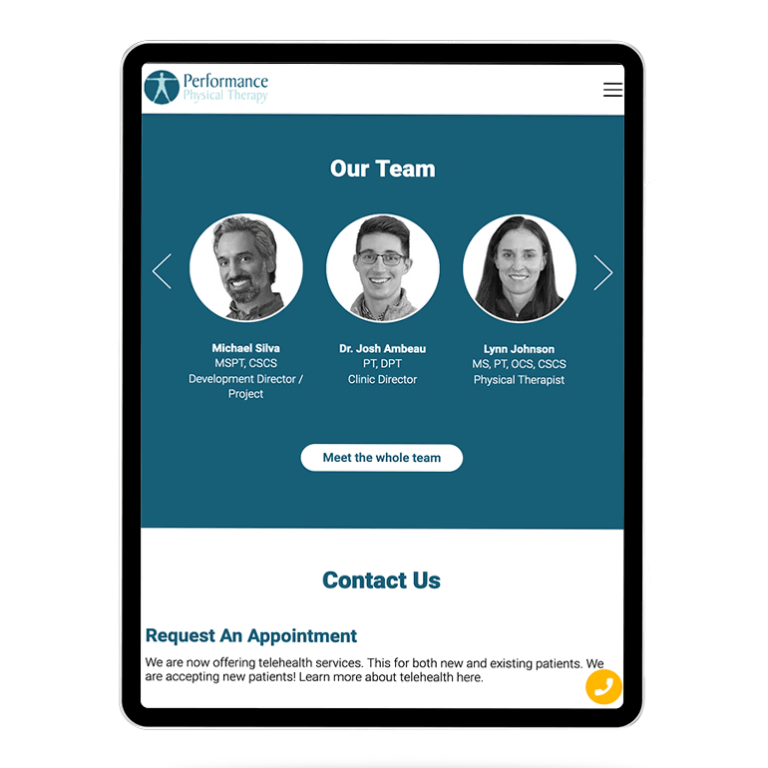

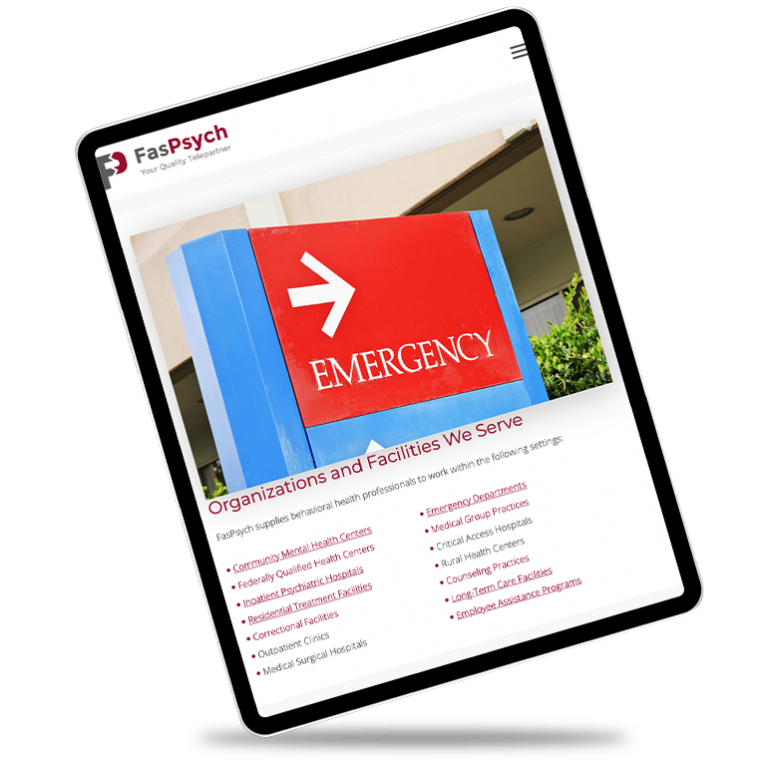
 Smart Design Creates New Patient Opportunities
Smart Design Creates New Patient Opportunities